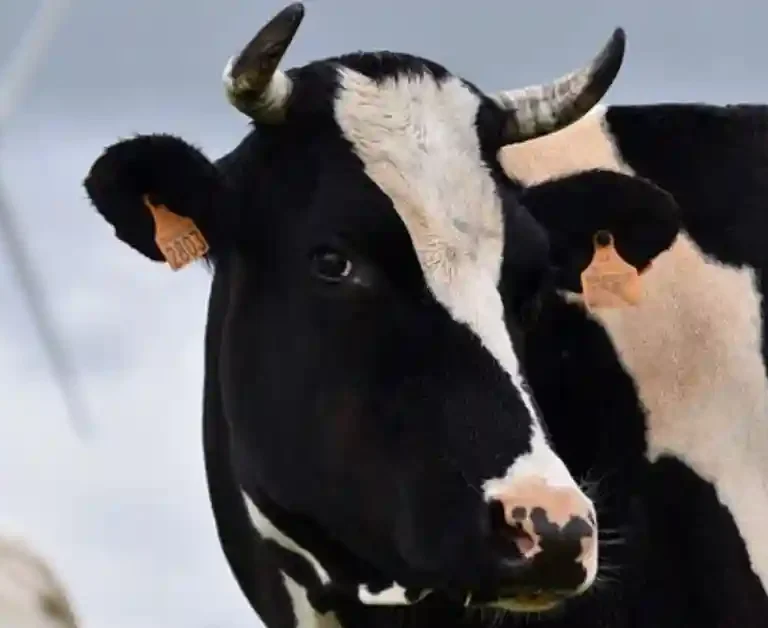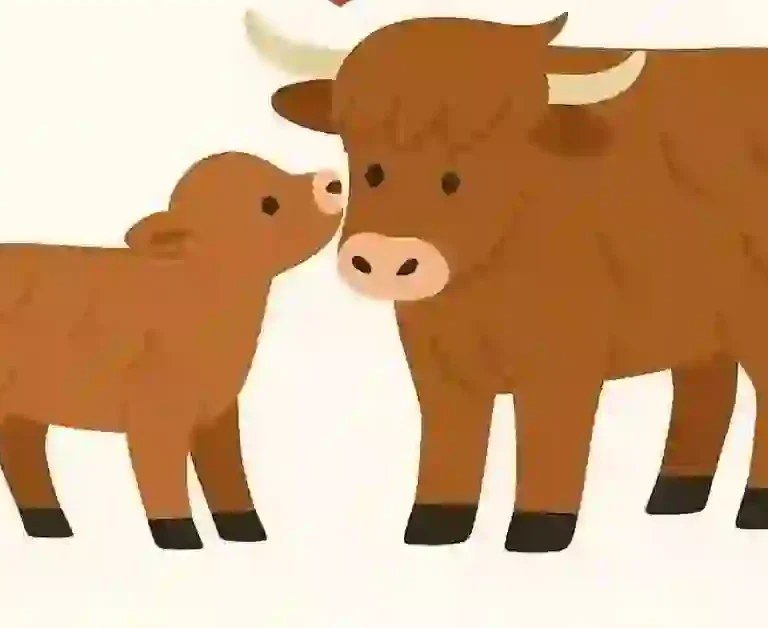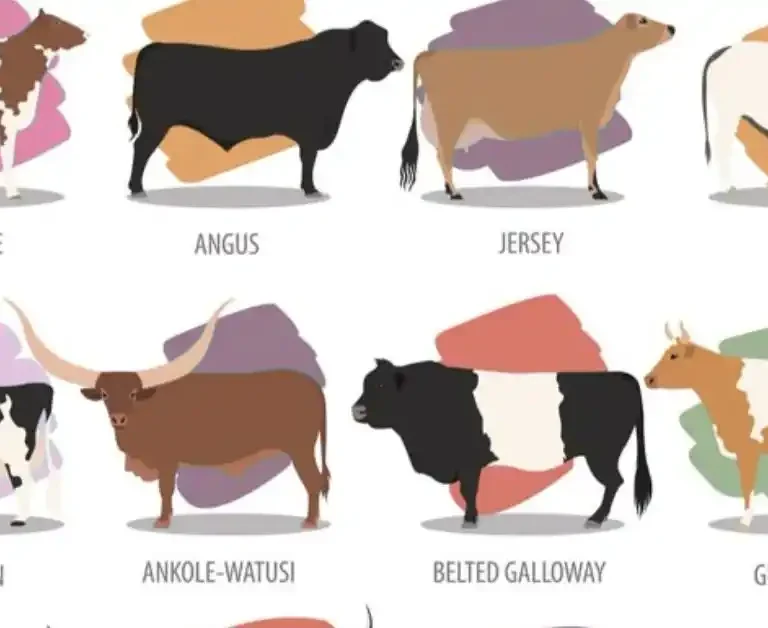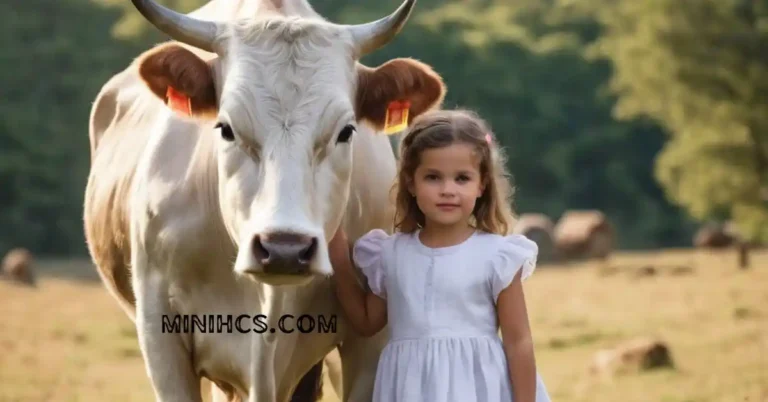How to Care for Longhorn Cows
Longhorn cows are a beloved breed of cattle known for their iconic long, curved horns and distinctive markings. These beautiful animals have a rich history in the United States, dating back to the 16th century when they were brought to the New World by Spanish explorers. Today, longhorn cows are not just admired for their picturesque appearance but also prized for their hardiness and adaptability to various environments.
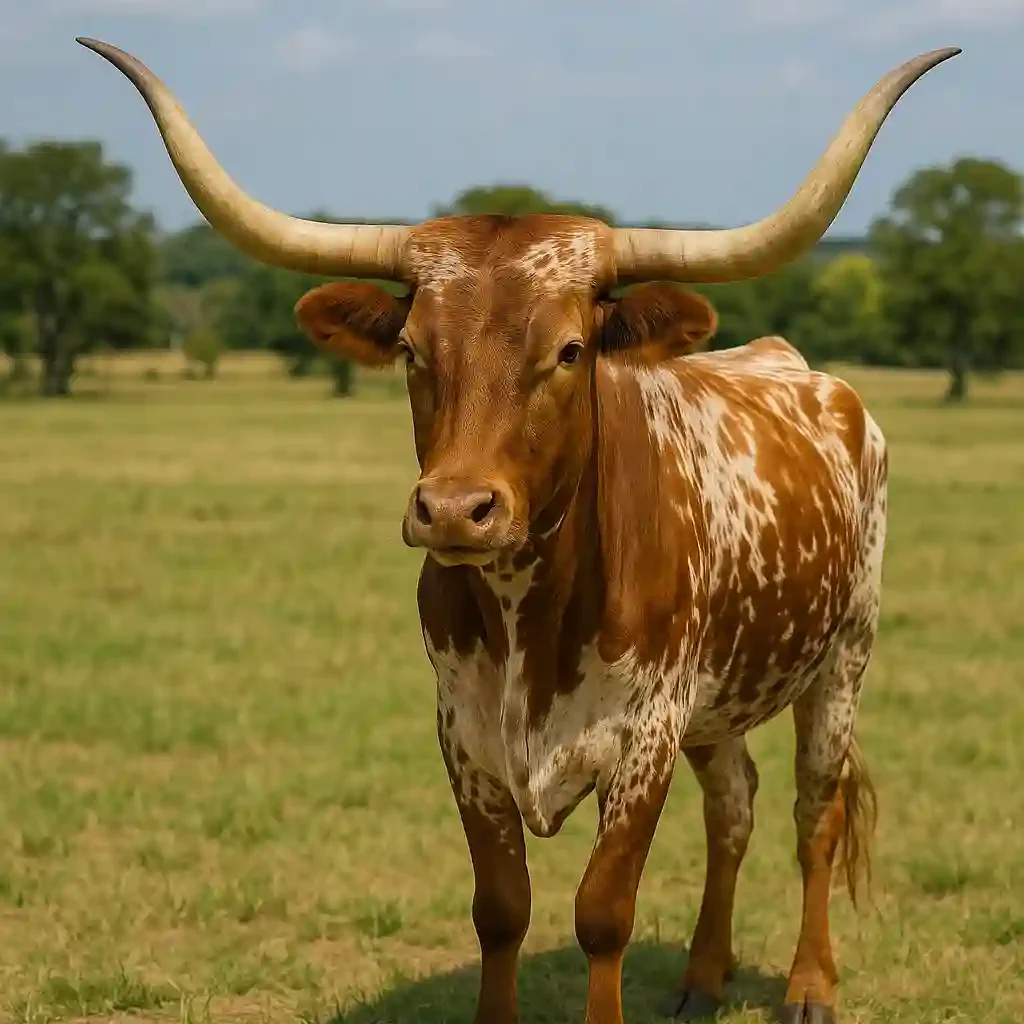
If you are a proud owner of a longhorn cow or are considering adding one to your herd, it is crucial to understand proper care and management for these magnificent creatures. In this article, we will delve into the essential aspects of caring for longhorn cows, from nutrition and housing to health maintenance and handling. So let’s get started.
Nutrition
Feeding your longhorn cow a well-balanced diet is the foundation of good health and productivity. Like other breeds of cattle, longhorns have a ruminant digestive system, meaning they have a four-chambered stomach designed to digest plant-based foods. Therefore, the foundation of their diet should consist of high-quality forage such as grass, hay, and silage. Providing them with a continuous source of fresh, clean water is also crucial for optimal health.
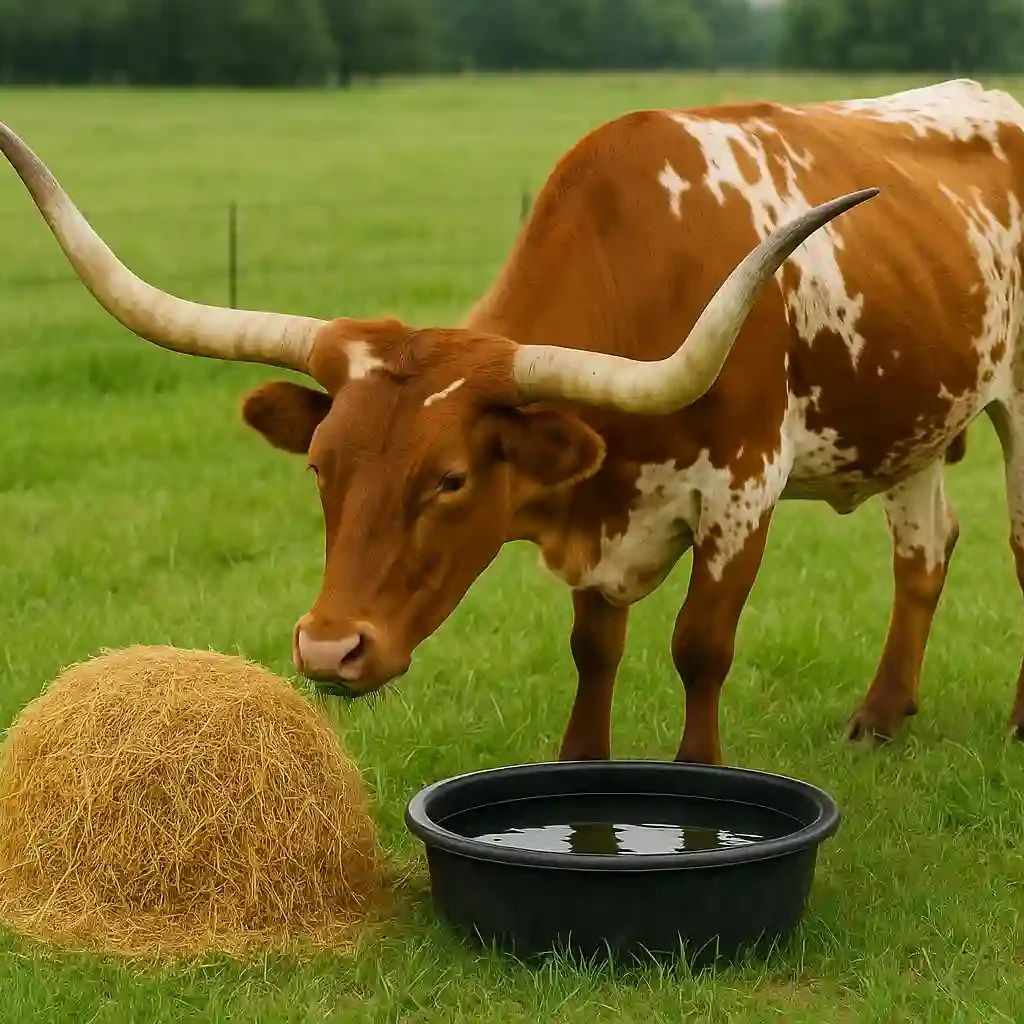
Apart from forage, longhorn cows also require a protein source to meet their nutritional needs. Common protein supplements include soybean meal, cottonseed meal, and canola meal. The quantity and type of protein supplement required depend on the quality and quantity of forage available. A deficiency or excess of protein can both have negative effects on a cow’s health, so it is crucial to work with a nutritionist to determine the right balance.
Housing
Longhorn cows are relatively low-maintenance animals, and they can adapt to various living conditions. However, providing them with a suitable, comfortable housing environment is essential, especially during harsh weather conditions. A shelter that protects them from the wind, rain, and extreme temperatures will help maintain their health and well-being.
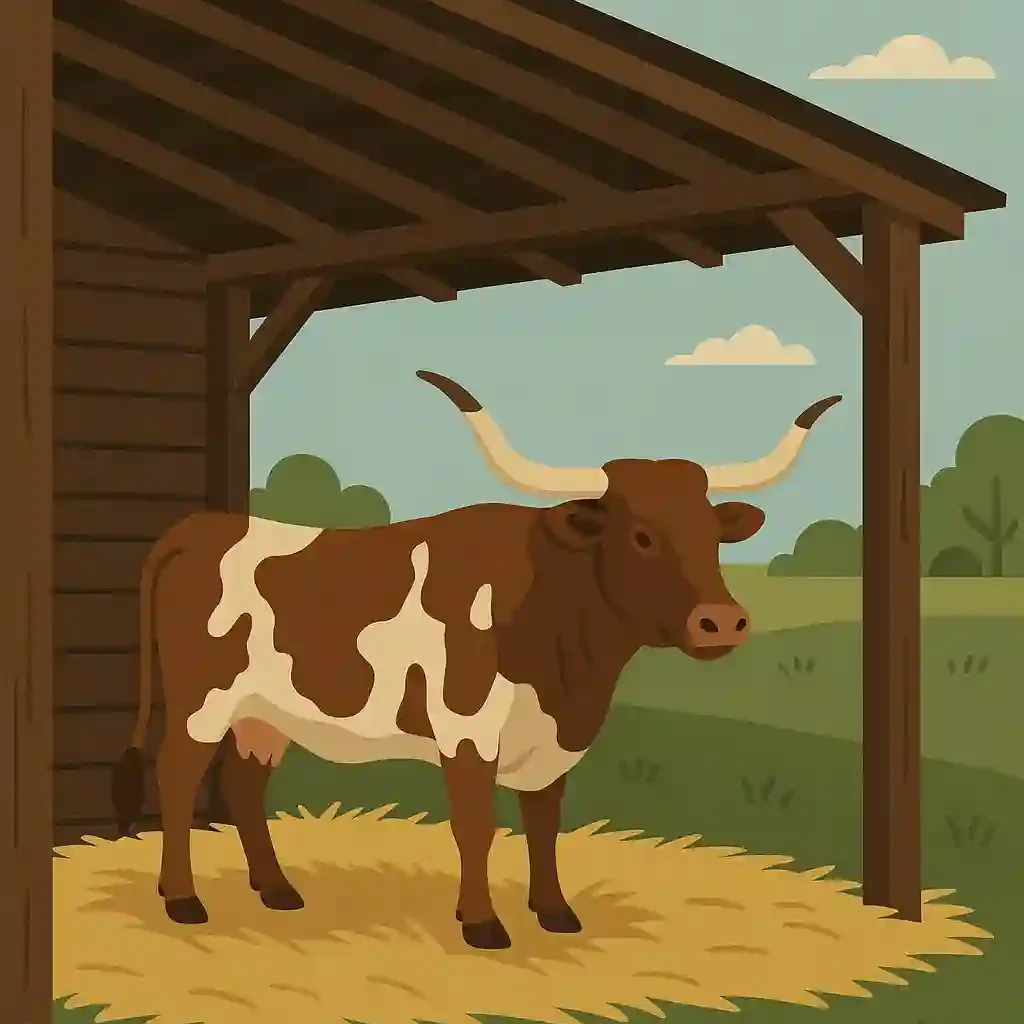
Adequate space is also crucial for longhorn cows, both indoors and when they are out grazing. These animals are natural wanderers and require room to roam and exercise. A general rule of thumb is to provide at least 150-200 square feet of space for each cow in a barn or a covered shelter.
Health Maintenance
Just like any other animal, longhorn cows are susceptible to various health issues that can affect their well-being. The best way to ensure your cows remain healthy is to establish a regular health maintenance routine. This includes routine vaccinations, deworming, and regular check-ups by a veterinarian.
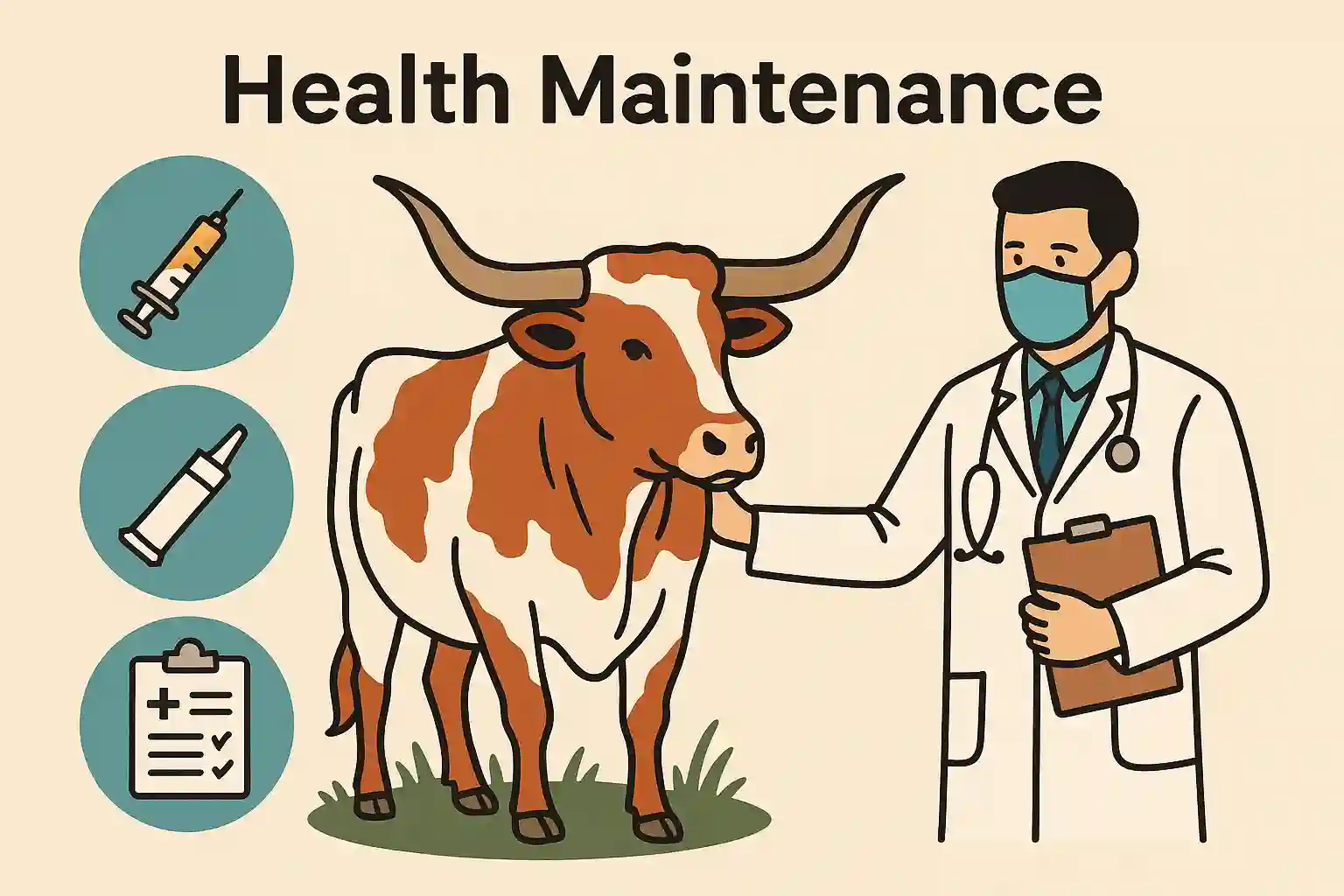
Vaccinations protect longhorn cows against common diseases, including respiratory infections, clostridial diseases, and pinkeye. Deworming is essential to control internal parasites, which can cause weight loss and lead to more severe health problems if left untreated. Regular check-ups allow your veterinarian to identify and treat any health issues before they become a more significant problem.
Handling and Safety
Longhorn cows are generally quiet and docile animals, but they can become aggressive if they feel threatened or are being handled improperly. It is essential to handle longhorn cows with care and respect at all times. When entering their grazing area or pen, be sure to approach them calmly and move slowly to avoid startling them.
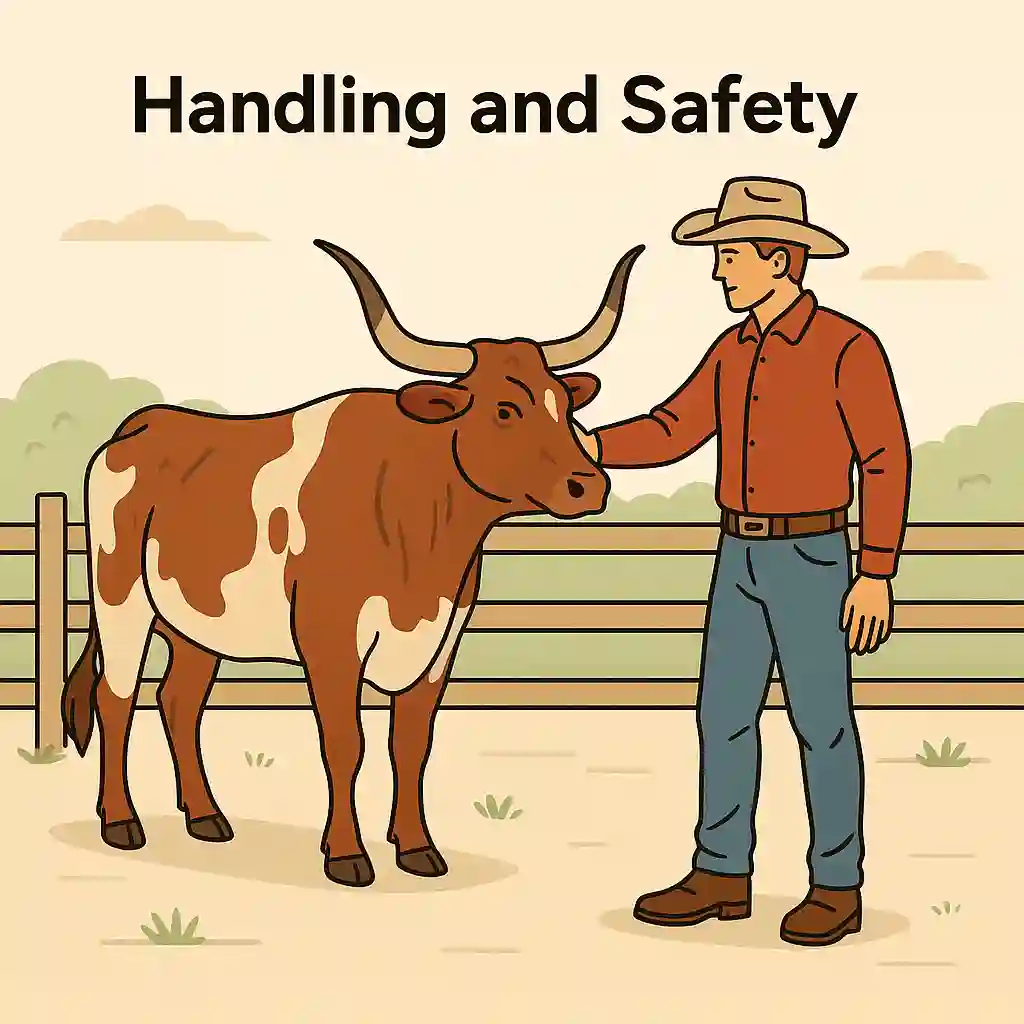
When handling longhorn cows, it is crucial to have a plan in place in case of an emergency. Keep a first aid kit handy, and have the necessary equipment, such as a head gate and chute, to handle and restrain the cows if needed. It is also essential to have a designated safe area where you can separate an injured or sick cow from the rest of the herd.
Conclusion
Longhorn cows are beautiful and hardy animals that can bring joy and profitability to a farm or ranch. Proper care and management are crucial to keeping these creatures healthy and happy. By providing them with a nutritious diet, suitable housing, regular health maintenance, and safe handling, you can ensure your longhorn cows thrive for many years to come. When in doubt, always consult with a veterinarian for personalized advice on caring for your longhorn cows.
FAQs
1. How often should I provide forage to my longhorn cow?
Longhorns should have access to forage (grass, hay, or silage) at all times, either by grazing or through a feeder.
2. How much water does a longhorn cow need?
On average, a longhorn cow drinks about 20 gallons of water each day. Keep a constant supply of clean, fresh water available for your cow to drink from.
3. What vaccinations should my longhorn cow receive?
Typically, longhorn cows should be vaccinated against respiratory infections, clostridial diseases, and pinkeye. Consult with your veterinarian to determine the appropriate vaccination schedule for your cows.
4. How can I tell if my longhorn cow is sick?
Some signs of illness in a longhorn cow include decreased appetite, weight loss, lethargy, and changes in behavior. It is essential to monitor your cow’s health and consult with a veterinarian if you notice any concerning symptoms.
5. How do I handle a longhorn cow safely?
Always approach longhorn cows calmly and move slowly to avoid startling them. When handling them, use the necessary equipment, such as a head gate and chute, and have a plan in place in case of an emergency.

